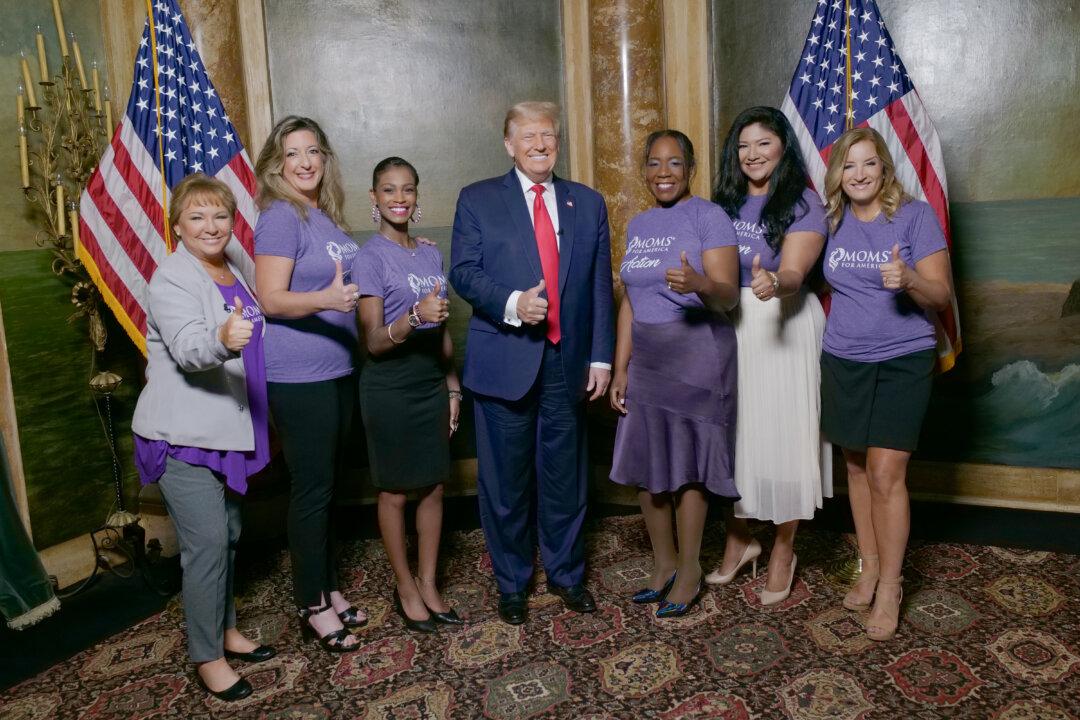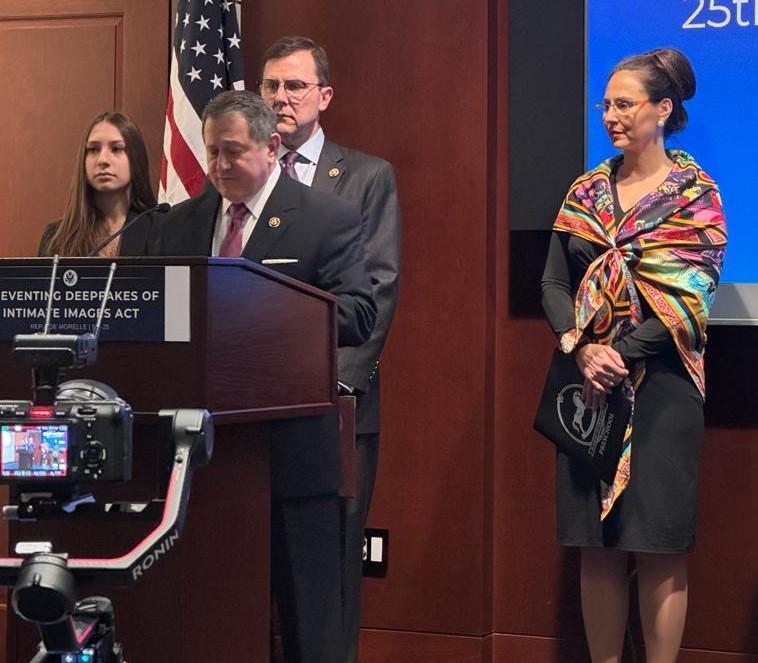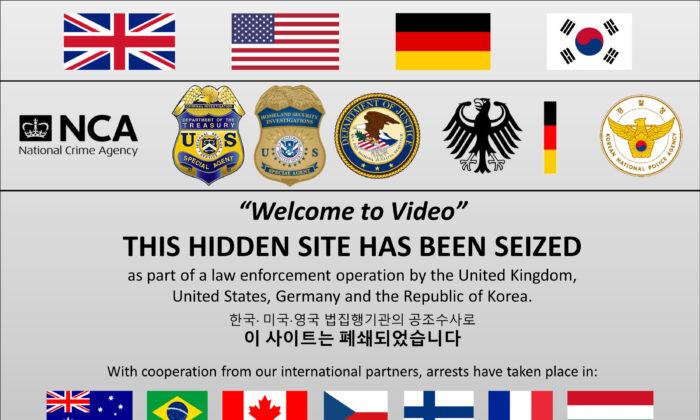The Connecticut General Assembly’s Joint Committee on Judiciary held a public hearing on March 6 on firearms and gun-control legislation that lasted about 12 hours (approximately 9 a.m. to 8:45 p.m.) and which, at times, got testy and emotional.
Close to 5,000 people submitted written testimony, and more than 150 delivered their remarks in person or through an online video feed.
Individuals primarily speaking for themselves, municipal police chiefs and elected officials, and representatives of gun-control and gun-rights and Second Amendment advocacy groups gave testimony and answered questions.
Gov. Ned Lamont put forth two of the four bills discussed and debated at the hearing.
Connecticut also ranks among the states with the lowest gun crime rates.
“The overwhelming majority of Connecticut residents want commonsense measures enacted that encourage gun safety and prevent harm from impacting our homes and our communities,” Lamont said last month in a statement that announced a segment of his gun-control legislation. “This is especially needed to prevent tragic accidents, as well as instances of domestic violence and suicide.”
Lamont’s bills, if passed, would impose on private citizens—but largely exempt police, the military, and other government agencies—new gun restrictions, storage and safety requirements, fees, permitting procedures, and registration mandates.
Of the other two bills on the hearing docket, the legislative arm of the National Rifle Association (NRA) identified one as a “pro-gun” bill; and one of the bills contains items on which both sides of the gun debate have found common ground.

Powerful Debate
Nikki Goeser gave her riveting testimony remotely. She spoke in opposition to items in one of Lamont’s bills that ban guns in establishments that serve alcohol and also mandates safe and locked storage of firearms.“In 2009, my husband, Ben, was shot seven times and killed in front of me by a man who I only realized that very night was stalking me,” said Goeser. “This occurred inside of a restaurant that served alcohol in Nashville, Tennessee. It was a gun-free zone.
“At that time in Tennessee, handgun-carry permit holders were prevented by state law from carrying in these restaurants even though you are a designated driver like I was. Because of the law at that time, I had to leave my legal permitted firearm that I normally carried for self-defense locked inside of my vehicle that night. I obeyed that gun control law. My stalker did not. He had no permit to carry the gun.
“He brought that gun into a gun-free zone illegally.”
Goeser explained how Tennessee changed its law and now allows those permitted to carry a gun to bring it into a business that serves alcohol as long as the gun owner is not consuming alcohol.

“In overwhelming numbers, the citizens were engaged and participated to express their objections to Governor Lamont’s bills,” said Holly Sullivan, president of the Connecticut Citizens Defense League (CCDL), in a conversation with The Epoch Times. “Consider that for H.B. 6667, nearly 4,000 testified in opposition and only 261 in favor.
“It goes to show that the people of Connecticut are not fooled by terms like ‘common sense’ gun laws and are critically thinking about their safety in a state failing to curb crime despite onerous gun control.”
Sullivan also noted, “The reality is that Connecticut has always been one of the safest states in the country as far back as data exists. This has been the case since long before we had some of the toughest gun laws.”

The act seeks to speed up the process through which the state approves a gun permit, eliminates certain gun licensing and permitting fees, removes some target shooting pistols from being included in the assault weapon ban, and requires the state to develop and put in place a mass shooting response plan.
Connecticut—Its Place in the National Consciousness on Guns
Connecticut occupies a singularly poignant and emotional place and status in the national dialogue over guns.The most deadly K-12 mass school shooting in U.S. history took place at Sandy Hook Elementary School in Newtown, Connecticut, where on Dec. 14, 2012, a gunman, after shooting and killing his mother, fatally shot 20 children and six adults.
Firearms manufacture has also long been important and a major contributor to the state’s economy. Indeed, Connecticut played a founding role in commercial gun manufacturing in America.
Connecticut is also the home of companies that manufacture among the world’s most iconic guns: Colt Manufacturing (Colt), O.F. Mossberg & Sons (Mossberg), and Sturm, Ruger & Co. (Ruger).





